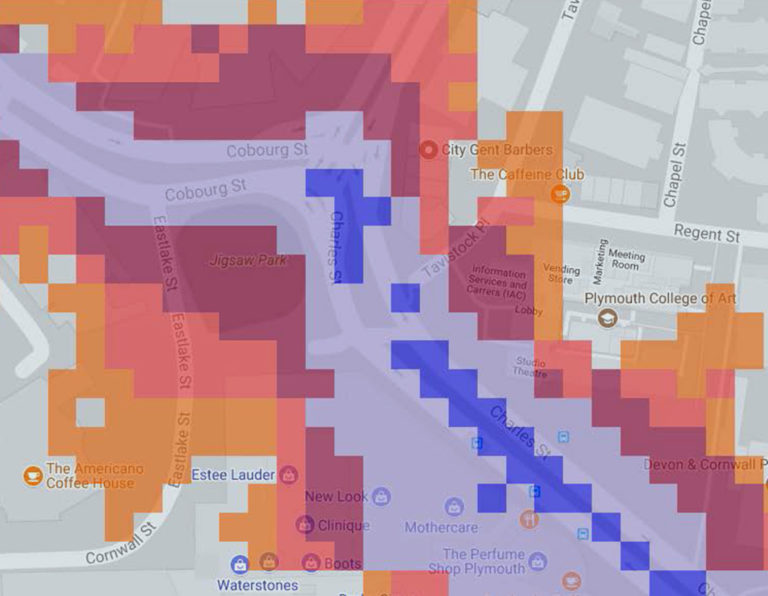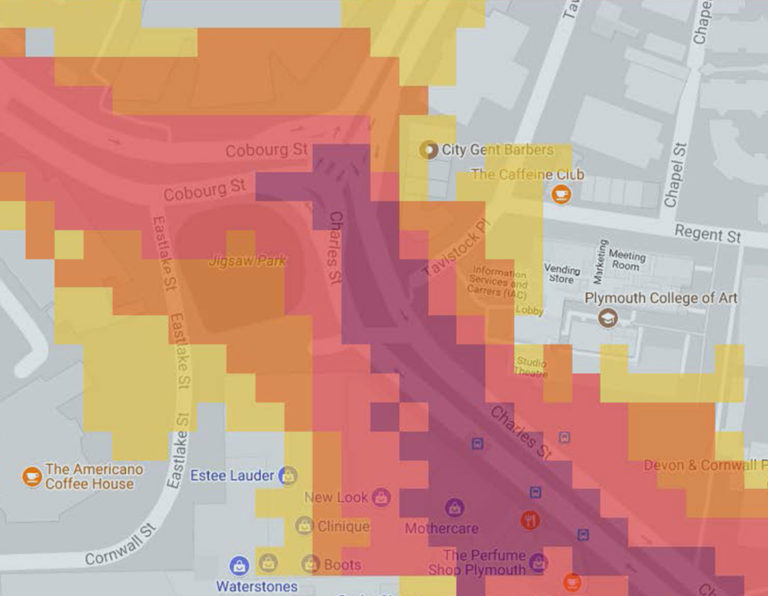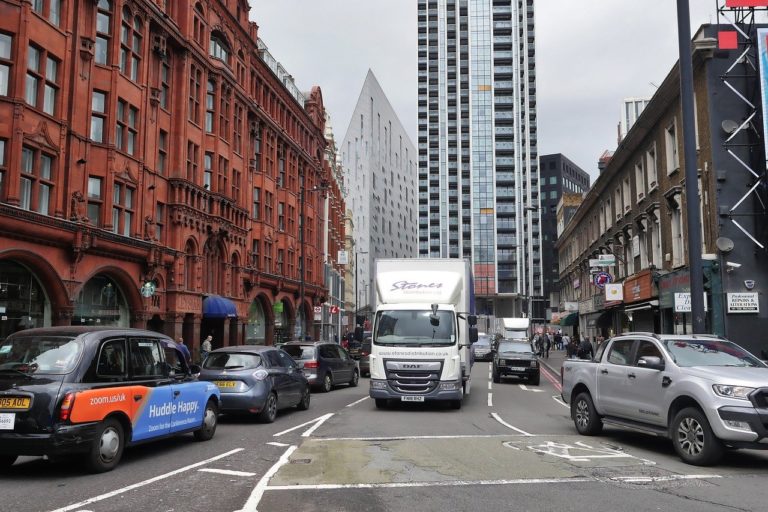Acoustics and Noise
Noise assessment and management plays a crucial role in the wider context of promoting sustainable development. Facilitating a suitable and comfortable acoustic environment directly impacts the health and a good quality of life for occupants and residents, by preventing unacceptable adverse effects from occurring. We believe it important that noise management techniques are examined as early as possible in the planning process and are considered as an integral part of the development process.
XCO2 offers comprehensive environmental noise surveys for a wide range of residential and commercial projects to supplement and support planning applications.
The predominant focus of our acoustic work relates to the establishment of environmental noise levels, established via on-site surveys. The data attained are used for a variety of applications, which include the preparation of environmental statements, design of external building fabric and design of attenuation measures for building services.
All of our noise surveys use calibrated Class 1 meters alongside weather monitors, where appropriate, in in accordance with the relevant standards; BS EN 61672-1: 2003: Electroacoustics. Sound Level Meters. Specifications and BS 7445-2: 2003: Description and measurement of environmental noise – Part 2: Guide to the acquisition of data pertinent to land use. Furthermore, all of our field engineers are fully trained, and experienced professionals equipped with the knowledge and skills to undertake environmental noise measurements efficiently and effectively.
As part of the service we provide a full technical assessment of the development site that analyses the proposed development, ensuring compliance the necessary acoustic requirements, based on the results of the noise survey works. We assess the suitability of potential developments in accordance with the aims of the National Planning Policy Framework. Suitable assessment levels (LOAEL and SOAEL) based on various documents including BS8233:2014, WHO guidelines (1999 and 2009), BS4142 and the Noise Insulation Regulations.




